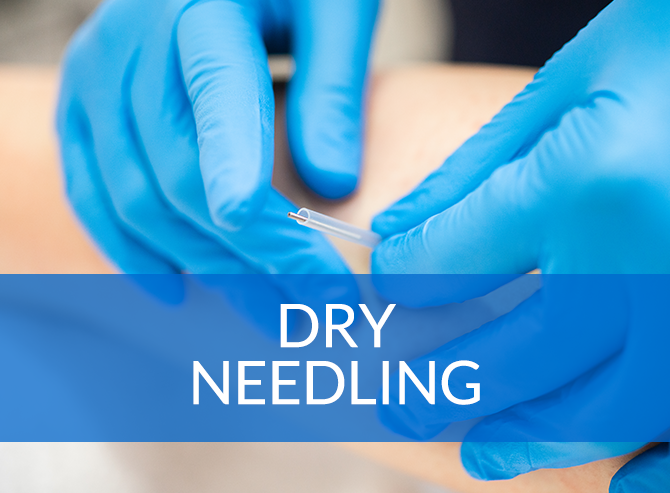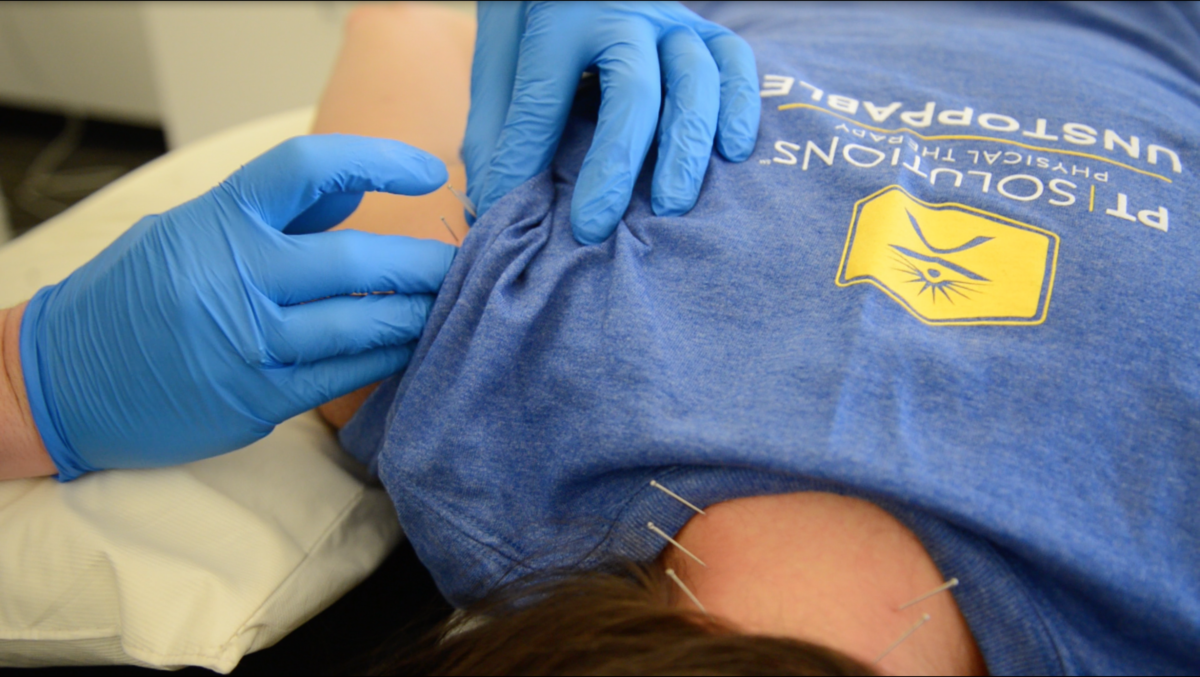Can I Get Dry Needling Even if I’m Feeling Unwell?
Generally, you should be okay to get dry needling even if you are feeling under the weather. But keep in mind that side effects can include temporary nausea, tiredness, or a “loopy” feeling which may exacerbate any symptoms of other illnesses. If you are unsure whether it is wise to get dry needling done, call your physical therapist before your appointment and tell them how you are feeling.
Dry Needling and Your Range of Motion
One of the primary goals of dry needling is to reduce pain stemming from tight muscles. But by releasing the knots that these muscles have formed, patients are usually also able to increase their range of motion. Range of motion is the ability of a joint to move through its complete spectrum of possible movements. For example, if you are suffering from elbow pain, it may be difficult to extend your forearm all the way or to bend it. Dry needling, along with other physical therapy practices, can allow you to move your arm more freely.
Is Dry Needling Covered By Insurance?
Everyone’s insurance plan is slightly different, and some may cover dry needling while others won’t. If you are unsure about your plan, it is best to contact your insurance company or ask the staff at PT Solutions to walk you through your coverage.
When Is Dry Needling Covered by Insurance and When Is It Not?
Each insurance provider has the right to determine if they will cover dry needling or not. Some private companies will not cover it under any circumstances, while others may cover it sometimes. Usually, they will need evidence that it is linked to a condition and a referral from a physician or a note from your physical therapist. If your services are not covered, you may also be able to appeal the decision with private insurers.
Federal healthcare plans like Medicare do not cover dry needling, and Medicaid may vary by state.
What States Allow Dry Needling?
In the United States, dry needling is prohibited in six states: California, Hawaii, New Jersey, New York, and Oregon. Eight other states have no policy allowing or prohibiting the practice. The other 36 states, and Washington D.C., all allow the practice.
How Long After Dry Needling Can I Exercise?
It is recommended to wait at least 24 to 48 hours after dry needling to perform any strenuous exercise, as the muscles and soft tissues may be sore and need time to return to a healthy state. You should always speak with your physical therapist about exercising after dry needling.
How Long Does Dry Needling Last?
Dry needling should be done as part of a treatment session, and not as a stand alone treatment. The length of time the needles are in place can vary, but at most 15 minutes is beneficial.


